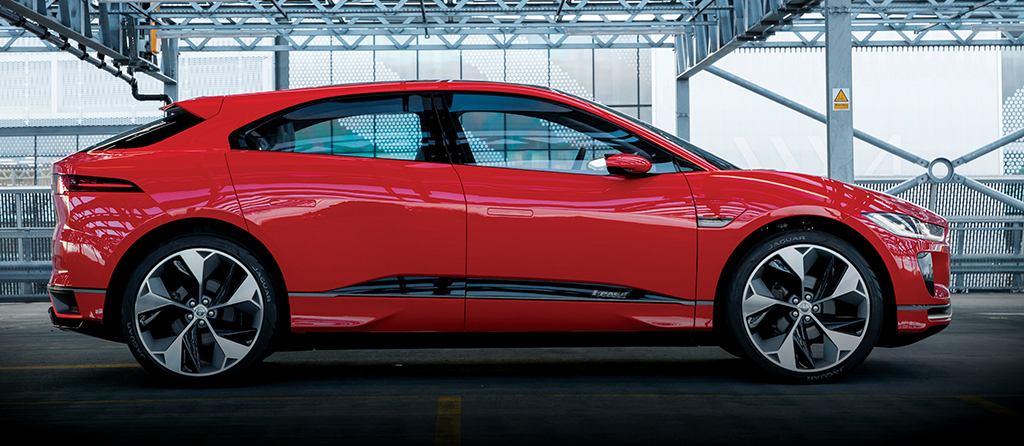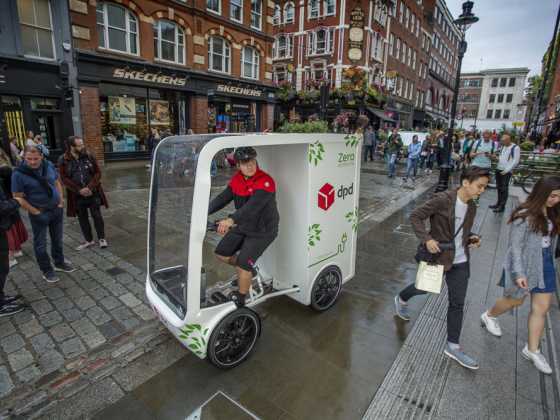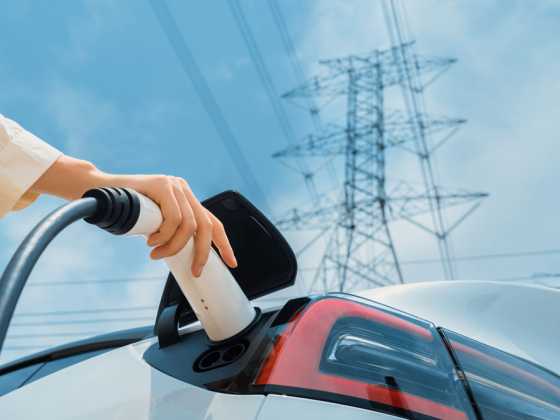The rise of SUVs in Europe

A few years ago, SUVs were unpopular due to their high fuel consumption, heavier bodies and larger displacement engines. But with the introduction of small SUVs and crossovers, modern SUVs are more agile and efficient, causing their popularity to surge. Ajay Natteri from Frost & Sullivan reports on this trend
The European automotive market is predominantly populated with small and compact hatchbacks such as the Volkswagen Golf, primarily due to small narrow roads and high fuel prices. However, in the last five years, contrary to industry expectations, sport utility vehicle (SUV) sales have skyrocketed across Europe, within EU15, EU11 and EFTA countries.
Recent growth in SUV sales
SUVs have become available across multiple segments: sub-compact, compact, mid-size and large, in both premium and non-premium brands. The market size of the SUV segment has increased from 15.3 per cent in 2012 to 25.6 per cent in 2016 across Europe.
Non-premium brands contribute to over 72 per cent of the overall SUV sales.
Small, compact and mid-size SUV segments contribute to over 71 per cent of the total SUV sales and 18 per cent of all vehicles sold in Europe. For example, the Nissan Qashqai, a non-premium compact vehicle has been the best-selling SUV in Europe since 2012 with over 200,000 vehicles being sold each year. Closely following Qashqai is the Renault Captur, also a non-premium small SUV which has been extremely successful amongst European customers since its launch in 2013.
Selling over 215,000 units in 2016, Captur has the second largest market share among SUVs in Europe at 5.5 per cent, trailing Qashqai by 0.52 percentage points.
Driving forces behind SUV sales
Customers are drawn towards compact SUVs as they offer an optimum mix of extra cabin space with compact overall size that allows for easy parking and driving, even on narrow roads.
A recent study by Ford concluded that in addition to this, millennials and young mothers prefer SUVs for the raised and perceived comfortable driving position. They are also perceived as safer vehicles to travel due to the increased height and size, thereby making them popular choices for families.
The rugged design of some SUVs is also one of the key reasons why they appeal to customers, especially millennials.
With regards to prices of these vehicles, the gap between a small SUV and its related hatchback is getting narrower. For example, the Dynamique Nav S variant of the Renault Captur SUV is priced at £17,995 in the UK. This is only £1,440 more than the Dynamique Nav S variant of the Renault Clio that it is based on.
For this additional £1,440, the Captur offers higher ground clearance, taller seating position, and spacious and practical cabin.
Furthermore, easy financing options and availability of several models across a wide price and size range is expected to boost sales.
Fuel efficiency and reliability
A major reason why SUVs were unpopular before was due to their high fuel consumption, heavier bodies and larger displacement engines. However, almost all small SUVs and crossovers share powertrain systems with their sedan or hatchback counterparts.
Newly developed smaller engines with turbochargers are also being offered on SUVs thereby increasing their fuel economy and making SUVs desirable. The effect of competition is expected to reflect in the increase of technology, comfort features and price of SUVs.
Even though OEMs have brought in more compact SUVs into their fleets, they are still equipping them with four and all-wheel drive systems to allow for off-road capability.
The modern versions of these systems are all electronically controlled and are able to perform reliably and efficiently in a variety of conditions. Brands are also offering longer warranty periods, like KIA’s seven-year or 100,000 mile warranty to ensure peace-of-mind for customers.
Choice of SUVs
The demand for sub‑compact and compact SUVs has translated into multiple model options being made available in these segments. There are over 60 non-premium SUV models in the European market, including eight new cars that were introduced in 2016.
Five new premium SUVs were added to the existing 39 models in that segment. Twenty-one out of the 60 non-premium SUV models fall under the sub‑compact segment, while the 28 of the remaining fall under the compact segment.
Vehicles in niche segments, for example between the compact and mid-size SUV segment, are expected to debut by 2020. Audi will have a Q4, roughly 179.0 inches in length to be
positioned between Q3 (172.8 inches) and Q5 (182.6 inches).
Overall, the SUV options currently available cover a vast price band from about €9,500 to over €160,000. This varied choice in prices and models offer several options for customers with varied purchasing powers.
Growth of SUVs in Europe
OEMs are working towards capitalising on the growing demand of SUVs in the region. With over 10 new name-plate models and model refresh expected by 2018, the SUV market is expected to become more competitive.
Introduction of small and compact SUVs based on hatchbacks is a popular product strategy. Modular platforms also offer OEMs the flexibility to introduce multiple SUVs based on one platform. Marquees under each OEM are likely to offer the same size vehicle differing on only features and price to cater to different customers. By 2022, five million SUVs are expected to be sold in Europe, posing a threat to segments such as MPVs and sedans.
Frost & Sullivan predicts that the SUV market will grow at a compound annual growth rate of 5.1 per cent between 2017 and 2023.
To promote fully‑electric vehicles, governments offer huge discounts over internal combustion engine (ICE)-powered counterparts. In recent times, countries such as the Netherlands have ended tax breaks for hybrid company cars shifting focus to pure electric vehicles. European nations are intent on promoting 100 per cent electric vehicle mobility by 2025. This, coupled with the popularity of SUVs, creates a fertile environment for e-SUVs.
Volvo’s recent announcement of stopping petrol and diesel‑only models is an indication that customers want to purchase mild hybrids, plug-in and fully electric variants of existing models. Furthermore, around seven battery electric SUVs are expected by 2020, including Jaguar I-Pace, Audi Q7 e-tron and BMW X3 electric.
Conclusion
The combination of practicality, reliability, driving comfort and affordability that modern SUVs offer has been the secret to their recent success. The sheer number of SUV options available in terms of both size and price has garnered interest among all customers’ segments including business fleets.
Some businesses use vehicles as a “working tool”; for example, roadside assistance services choose SUVs as they offer good fuel economy, the extra space to carry equipment and off-road capabilities to traverse varied road conditions. Customers who lease vehicle from their company prefer SUVs as they serve dual purpose, serving as both a daily office driver, but can also accommodate family members for weekend trips as well.
Overall, with several new SUV models expected to be introduced by 2020, including electric and hybrid electric SUVs, the future for these vehicles in Europe look extremely promising.






